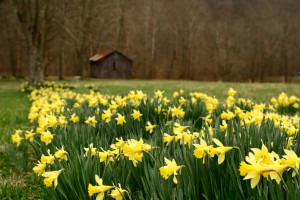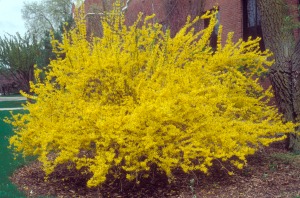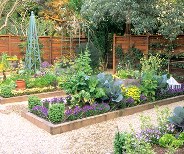 This time of year I repeatedly get asked “What IS that beautiful pink grass?” Well, the answer is Muhly Grass! You may have seen it in drifts along Interstate 40, or in foundation or subdivision entrance plantings! This versatile and beautiful perennial is used frequently in our southern landscapes and for good reason.
This time of year I repeatedly get asked “What IS that beautiful pink grass?” Well, the answer is Muhly Grass! You may have seen it in drifts along Interstate 40, or in foundation or subdivision entrance plantings! This versatile and beautiful perennial is used frequently in our southern landscapes and for good reason.
Pink Muhly Grass, Muhlenbergia capillaris, is a must have for the low maintenance garden and is a fantastic source of late-season color. When summer perennials are past their prime and looking tired, pink Muhly Grass with its giant puffs of pink plumes is just getting ready for its fall time show!
This ornamental grass makes a great border, or in patio containers. Work it into a great fall container with Mums, Asters, Sedums. It reaches 3 feet high and 3 feet wide, with a nicely cascading habit of foliage and unbelievably profuse blooms. Give it plenty of sunshine and good soil drainage, and it will do the rest, beautifully withstanding heat, humidity, drought, and poor soil. It also looks spectacular in a planting with other grasses: Miscanthus, Pennisetum, Carex.


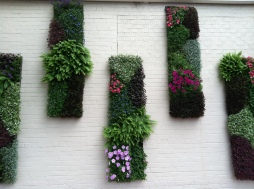
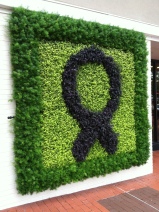 ater them.
ater them.




 REDBUDS– Their bright purple flowers let you know for sure that spring is here! For those of you who have used Cercis Canadensis in your landscape (Eastern Redbud) there are some exciting varieties that you should know about:
REDBUDS– Their bright purple flowers let you know for sure that spring is here! For those of you who have used Cercis Canadensis in your landscape (Eastern Redbud) there are some exciting varieties that you should know about:


